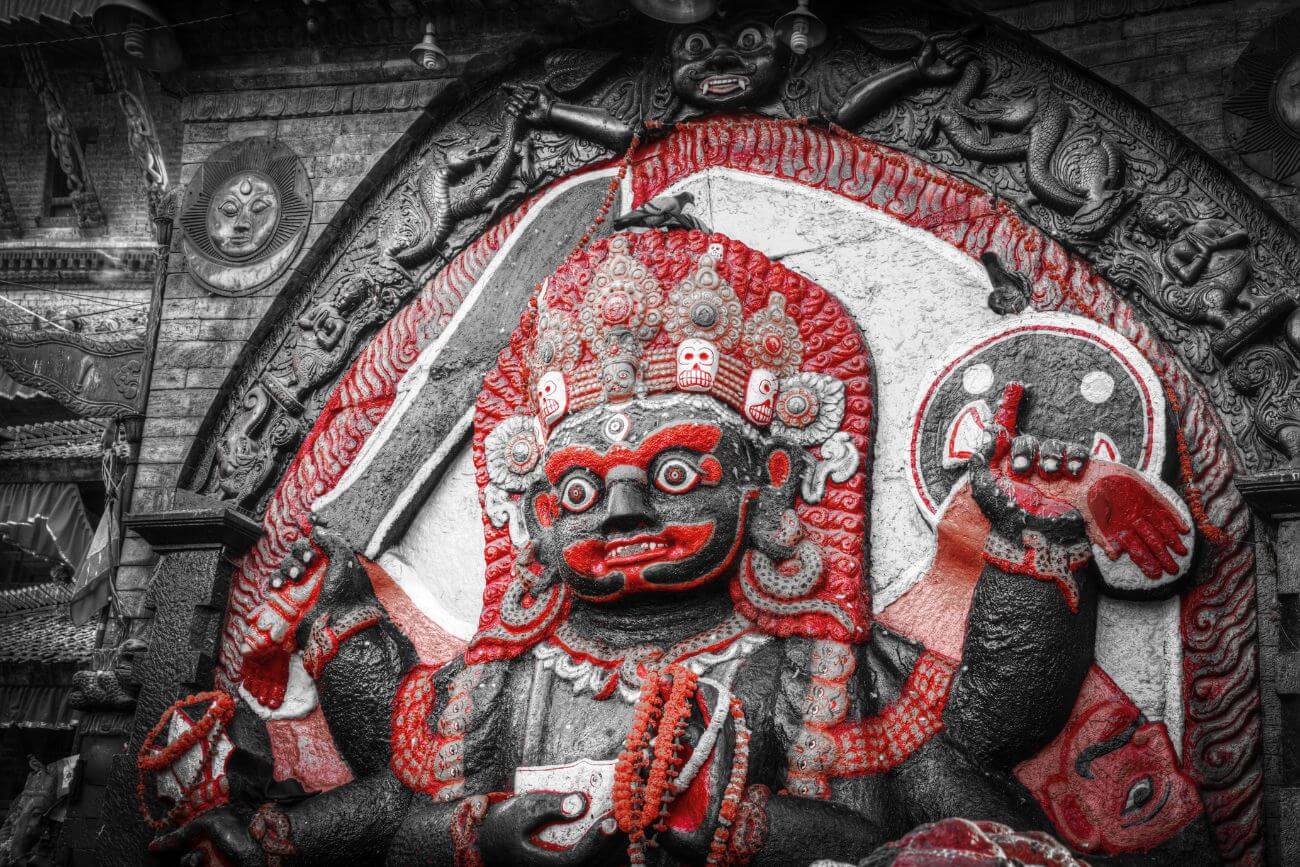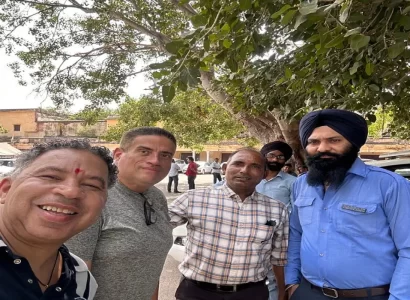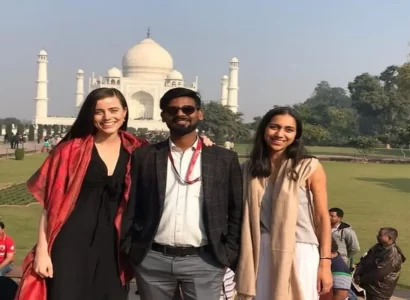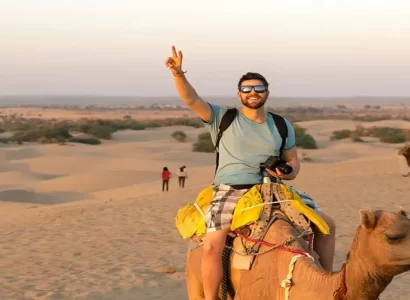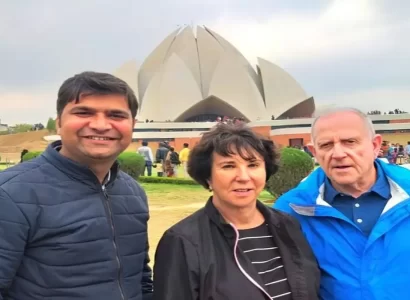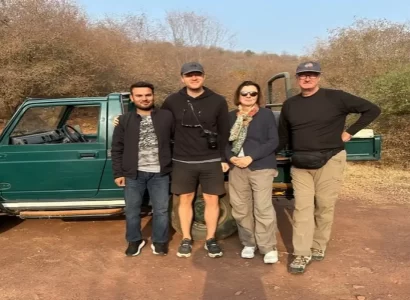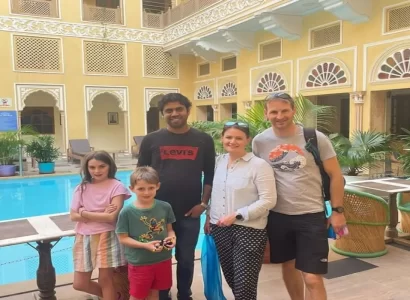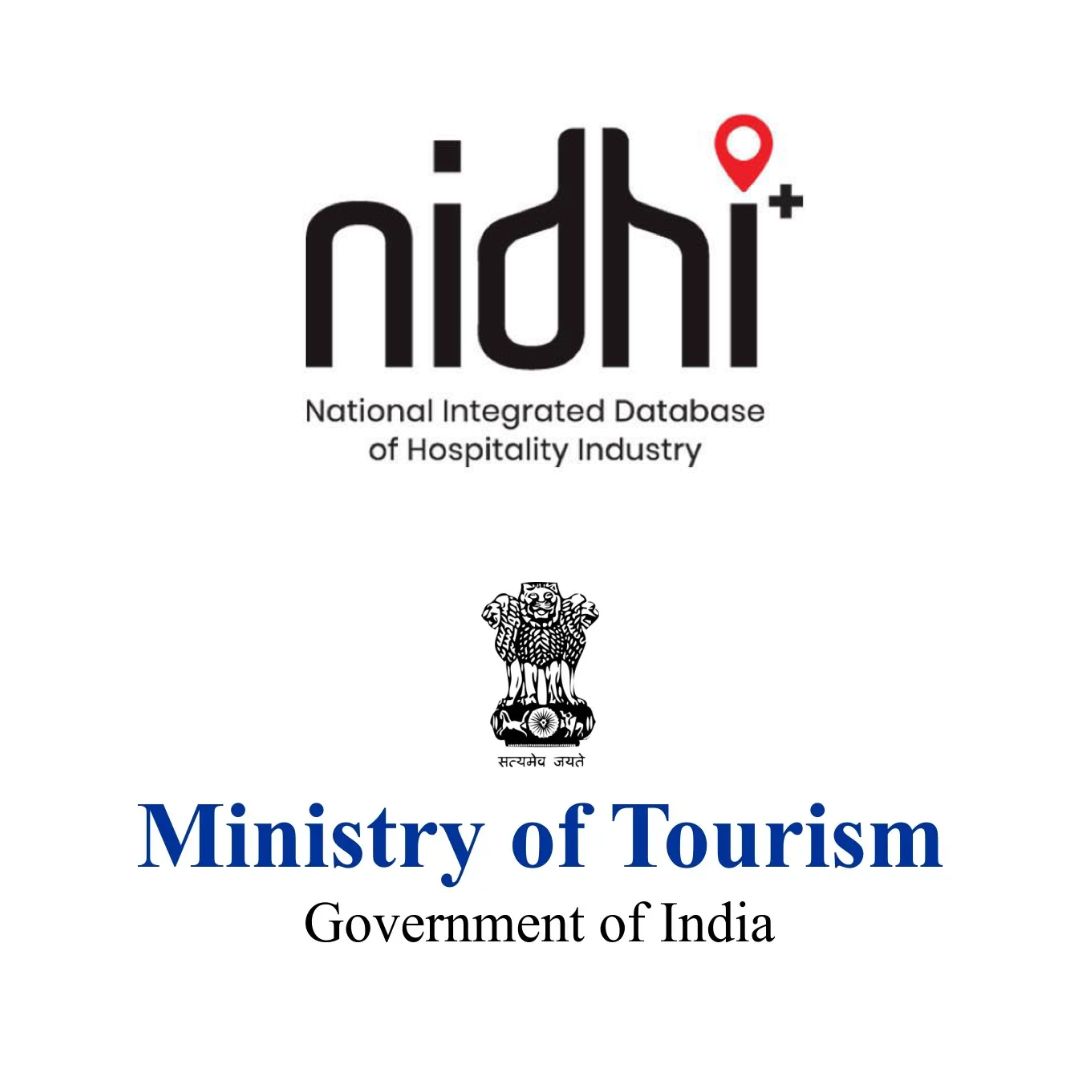Sheldon Pallock argues that there were a great moment of transformation in culture and power in pre-modern India. From around 6th century onwards the subcontinent witnessed the spread of Tantricism. According to RS Sharma just like Bhakti cult, Tantricism can also be seen in the context of socio economic changes. In the 5th-7th centuries, many Brahmanas received land in Nepal, Assam, West Bengal, Orissa, Deccan and it is about this time, Tantric texts, Shrines and Practices came into being.
BELIEF BEHIND TANTRICISM
Tantrcisim was open to women and shudras and it laid great stress on the use of magic rituals. Some of these scholars like RS Sharma believe that Tantracism was the obvious consequence of the large scale admission of Aboriginal people into the Brahminical society.
Thereby the Brahmans adopted many of the many of the tribal rituals, charms and symbols which were now officially complied, sponsored and fostered by them. It was on practical concerns of human. It’s practices concerned fertility in terms of pregnancy as well as in agricultural besides medicines .
Tantra was basically a way to understand life. In Vedic texts, it was used in a sense of loom but later it means an act. It gave importance to women in rituals. It mentioned two primary principles – male and female. Shakti, the female principle was dynamic while male was static. The confluence of Tantric Sadhana is the con fluence of the two. It is associated with five elements called Panch Makoras.
PANCH MAKORAS OF TANTRACISM
- Moda (Alcohol)
- Mamsa (Meat)
- Matsya (Fish)
- Mudra (Gestures)
- Maithuna (Sexual intercourse)
Another important aspect is Yantras and symbolic gestures. The attempt is to attain union with supreme being. The cult of Mother Goddess was prevalent. RS Sharma tried to understand tried to the popularity of Tantricism. He links it to Early Medieval Practice of land Grants and Bhramanization of peripheral regions. After the 9th-10th century, Puranas were influenced with Tantricism. The concept of Diksha as discussed in Goruda, Padam and Agni Purana also show tantric influences. In a way, the early medieval period saw major transformations in rituals.
STEREOTYPES IN INDIA
Well India is a land of stereotypes and age old beliefs, quite paradoxically though these are the source of Indian strength as well as a major mar on our country. But there is one thing that we should always keep in our minds and that is that just like Tantricism or any other traditional belief holds behind a history that has been manipulated with time. People have somehow started using these traditions as narrowly conceived goals directed towards achieving their own selfish interests. But these are the very basis on which India as a diverse and essentially heterogenous country is premised. However, comprehending the very premise of these traditions and then reading them along with the rationales provided is the only way via which we can actually embrace them as being vital components of our value framework.
AGHORA – THE DARK SIDE OF SPIRITUALITY
It is very well believed that there are a multitude of methods via which one can attain liberation. One of them is Yoga, which is of course long and difficult and the other one is Aghor, which in literal sense implies the transition from the terrific. These aren’t the one’s indulged in back magic or haunting humankind rather they are actually the one’s who wish to attain liberation by the shorthand method of Aghor. They are the one’s who perform ‘Siddhis’ or ‘Rituals’ which give them unimaginable superpowers and ultimately liberation from this endless cycle of life and death. It is believed that an Aghora goes through eight stages, which are like tests in the way of achieving enlightenment. These tests also include eating a half burnt human or having intercourse with the dead body of a young girl. These are done in order to aid these Aghori’s transcend the limits of good and bad, ugly and beautiful, pleasing and obnoxious. In return they get powers which as told by Robert Svoboda in his book Aghora : The Left Hand Of God are immensely utopian and unrealistic in all its essence.
WHERE ARE AGHORI’S FOUND?
Well, Varanasi (Banaras) can be called as the epicenter of occult in India, its Harishchandra Ghat as well as Manikarnika Ghats are buzzed with Aghori’s who are seen enquiring people about young dead bodies which can be sued to enhance their powers. These are also found to an extent in Assam and West Bengal. Their life revolves around the attainment of a level which is beyond human imagination. They use occult practices for the same as well.
GOOD VS EVIL
Just like there exists good there also exists bad. And just like Yagyas are done to attain mental a d physical peace by evoking divinely vibes, Aghoris indulge in evoking evil, for the same mental and physical peace via ways which aren’t widely accepted. More than this there are also a number of risks involved in it. But such is the quest for being liberated that no risk seems too big.
MENTIONS OF AGHORA IN ARTHASHASTRA BY CHANKYA
The Arthashastra (Sanskrit: अर्थशास्त्रम्, IAST: Arthaśāstram) is an ancient Indian Sanskrit treatise on statecraft and economic policy. Quite interestingly as per Dr. Radhakrishnan Pillai, in the book Chanakya explicitly has mentioned the use of such techniques to win war once the use of muscle power and brain power is utilized.
CONCLUSION
What we can conclude is that each and every concept has a flip side to it, and the thirst for power and pleasure is so invincible that humans turn to the evil for catering to their desires. The Id as Sigmund Freud calls it takes over your Ego and Super ego and what is left is absolute darkness, just like easy paths can’t yield long term success, shorter and often inky roads lead to cataclysmic ends, Aghora is just one such example of a plethora of beliefs that have been twisted over centuries to be used at the disposal of manifesting tapered goals into reality. But as science is spreading it’s roots across the hearts and more importantly the minds of people, old rituals are being questioned so as to filter them out in order to accommodate our rich Indian legacy with the demands of the dynamic reality, because ultimately we are quite young as a country but very old as a civilization and therefore amalgamation of old with the new is the need of the hour.
